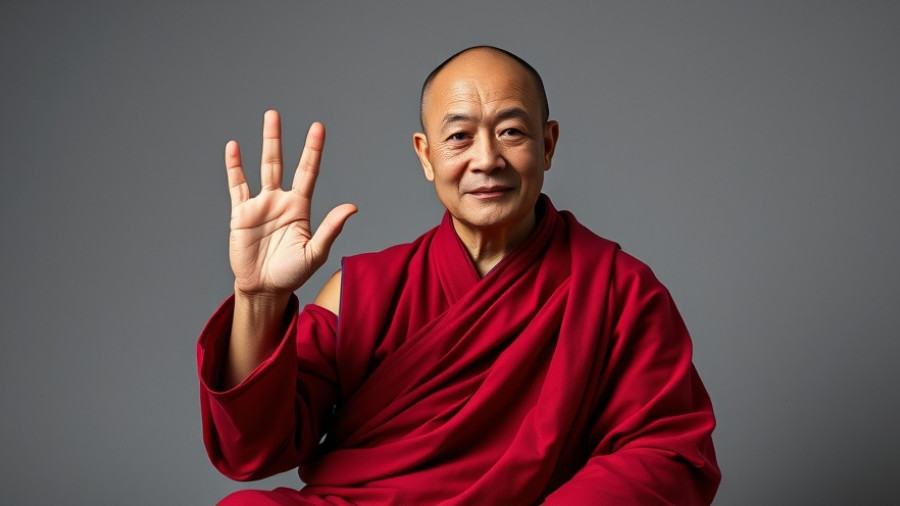
Embracing Self-Compassion: Your Gentle Path
In our fast-paced world, the act of being kind to oneself can often feel foreign or even indulgent. Yet, self-compassion is not just an act of kindness but a necessity for our mental and emotional health. As we navigate life's difficulties, cultivating a mindset of self-compassion can melt away the harsh judgments we place upon ourselves.
The Three-Step Self-Compassion Meditation
Kristin Neff, a pioneer in the study of self-compassion, encourages us to practice a simple yet profound meditation technique that is easy to embed in our daily lives. This three-step contemplation begins with a physical gesture: place both hands on your heart, a warm gesture that symbolizes care and reassurance. This nurturing touch invites you to pause and breathe deeply, grounding yourself in the present moment.
As you inhale and exhale, allow yourself to speak these affirming phrases, either out loud or in your mind:
- This is a moment of suffering: Acknowledging your pain fosters mindfulness. Rather than shying away from your feelings, embrace them with honesty.
- Suffering is a part of life: This phrase reminds you that you are not alone. Everyone encounters difficulty, and it is part of the shared human experience.
- May I be kind to myself in this moment: Extend the compassion that you would easily offer to a friend, allowing it to envelop you.
- May I give myself the compassion I need: This final phrase reinforces your intention to care for yourself, emphasizing your inherent worthiness of compassion.
By memorizing these phrases, you arm yourself with tools to combat self-criticism during challenging times. When judgmental thoughts arise, gently remind yourself to replace them with self-kindness.
The Benefits of Self-Compassion
Engaging in regular self-compassion practices can lead to heartfelt transformations. Studies have demonstrated that individuals who practice self-compassion experience lower levels of anxiety and depression and report greater emotional resilience. By treating ourselves with the same love and understanding we crave from others, we unlock a powerful sanctuary within—one that fosters growth and healing.
A Parallel Example: The Garden of Self-Love
Much like a garden that requires attention and nurturing to thrive, so does our inner self. Rather than letting the weeds of negativity take root, we can tend to our mental landscape by planting seeds of kindness and compassion. Just as a gentle rain nurtures the earth, so do our kind thoughts and affirmations nourish our spirit.
Taking Action: Your Personal Self-Compassion Journey
As you further the journey of self-compassion, integrate this meditation into your routine. Consider setting aside a few quiet moments each day, perhaps early in the morning or just before sleep, to engage in this practice. With time, you will find it becomes a cherished ritual that leads you toward greater peace and self-acceptance.
Inspiration to Carry Forward
Remember the wise words of Rumi: “The wound is the place where the Light enters you.” Acknowledging our pain is not a weakness but a pathway to understanding and compassion. Allow this light of self-awareness to guide your journey.
Final Thoughts on Being Kind to Yourself
The road to self-compassion is not always straightforward, but it is profoundly rewarding. Each day presents a new opportunity to cultivate love and kindness within. As you embark on this practice, may you find solace in knowing that nurturing yourself allows you to be a beacon of love for others as well.
 Add Row
Add Row  Add
Add 




Write A Comment